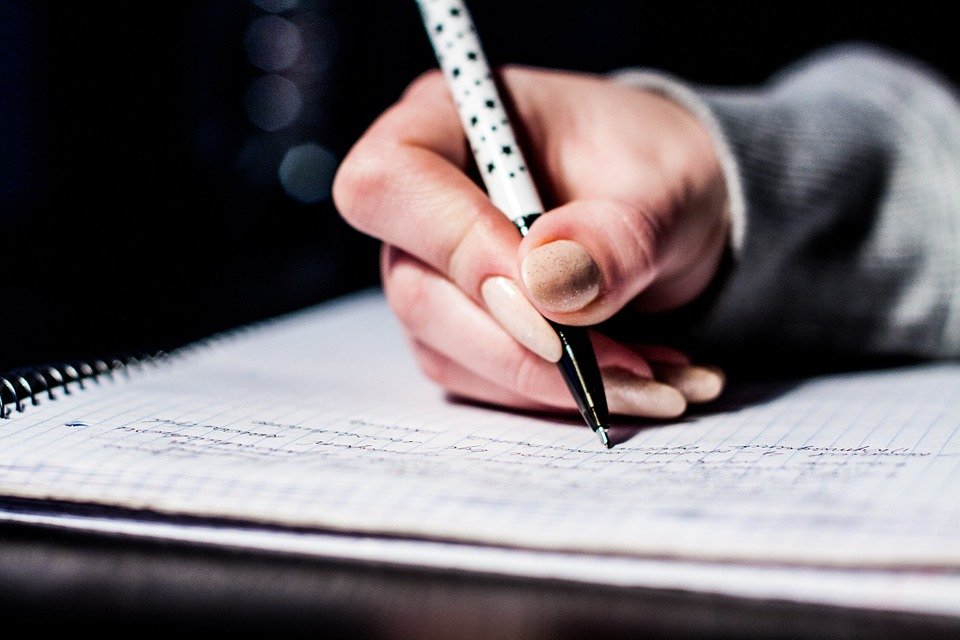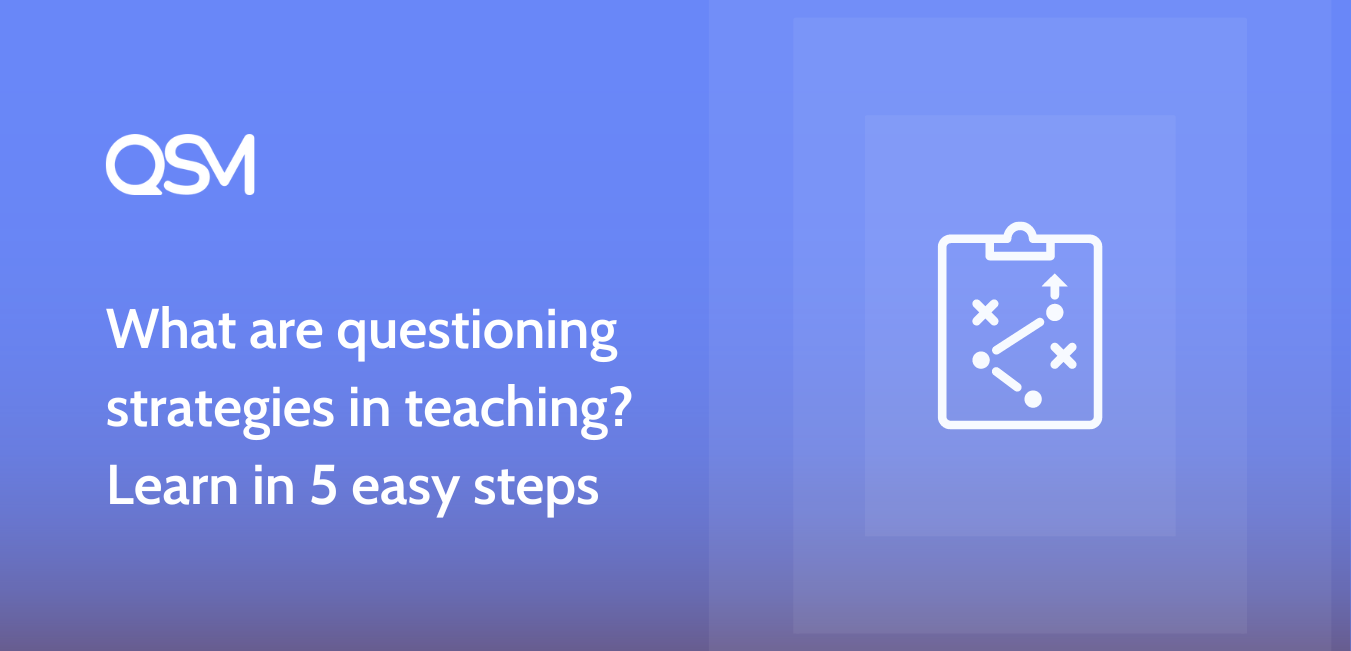Are you tired of seeing your students yawning during class? Well, we bring you effective questioning strategies which will make your instructions and lectures more enjoyable.
Firstly, let us ask you a question, do you think you are a good teacher to your students? If you said yes, then you must agree to most of what we have to say. And if you were a bit hesitant to answer, then you are at the right place, because these questioning strategies will bring out the best in you.
Why have teaching or questioning strategies?
Let’s take this problem-solving step by step. You as a teacher should understand the psychology of students who sit in class.
These days the classes have been restricted to one single screen. We understand how difficult it can be to teach and test online. And essentially, during the COVID lockdown, some questioning strategies always prove fruitful.

You can even try to make some quizzes or tests online.
Try exciting and interactive themes on WordPress
If you are a teacher, you must be able to acknowledge this fact.
Moreover, it is recommended to be prepared for a class, with short notes, a list of topics, and etc. But it is equally important to keep in mind that your questioning technique will decide the vibe of the class.
By this, we mean that if your questioning strategies are affirmative, you would get a positive response in return. However, on the contrary, if they are more restricted, you might have to adjourn the lecture.
What are Questioning Strategies?
Now, coming down to the agenda. What are questioning strategies? You must refute while teaching a new law or theorem in the class, right? When you ask your question, what are your expectations, and how many times is it fulfilled?
All the above questions determine YOUR questioning strategies.
In simple words, the way you put your questions, the expectations of answers, and the mood of the following discussions, determine the questioning strategies.
You can always change or improve your techniques, but you cannot change your fundamental nature. It is essential to know that most of the students’ reactions depend upon your nature towards them.
Importance of questioning in teaching
Despite all the lectures, students require a set questioning regularly. Some reasons why questioning is important are:
- Encourages critical thinking. Students will put their thinking caps on. It provides students with their perspectives on the topic.
- Shows what you value. It would represent your thoughts as a teacher. If you ask a particular question, it instantly gives a new horizon to the students’ perspective.
- Encourages discussions. After a question is exposed, it gives rise to multiple answers and thus promotes discussions.
- Fuels imagination. Asking a question will compel children to think in a mind-bending way which would lead them towards fresh and innovative ideas.
- Strengthens learning instinct. When you ask your questions, it gives children an opportunity to develop a learning instinct with relevance.
Questioning Strategies
After realizing that the basis of your questioning techniques lays a foundation of class discussions, orientation, and thinking, let us now learn some. We have jotted down some questioning strategies in a hierarchical manner that can substantially improve the quality of your classroom.
Ask questions after finishing the topic
One thing that teachers feel is that if you would question students in between lines, or lectures, they assess the presence of mind of children.
But at times, this type of questioning just makes the students lose track and emerge confusions of all types. So it is better to always complete your say, topic, lecture, before putting forth mind-bending questions
Think and ask like a student
When you were a student, what made you raise your hand or what made you think critically mostly determines how you ask questions to your students. If you ask questions with the tone that you know the answer, the chances are students may not even try to answer.
Instead, if you ask questions that make it seem like you are looking for an answer, students would like to take part in the discussion. This creates a lot of difference in the long run. Students participate in the discussions where they feel like an equal part.
Improve participation

It is really disheartening for teachers when all of their students could not take part in the discussions. It could be because of many reasons. But as a teacher, you can make a change. To increase participation:
- Make question easy to understand
- Don’t provide answers till the time 50% of the class has been tended
- Ask other students if they agree or disagree with the answers
- Appreciate every answer, wrong or right
Be planned and prepared
Before going to the class, be prepared with the questions. We know that you plan out what to teach and how to go about it. However, it is equally important to plan out the questions as well.
There are multiple types of questions like “yes or no” type or “subjective” type. Whatever type of question you decide to put, make sure that it is crisp and in the easiest language. Being prepared is important. But being impromptu with your questions is also a good questioning strategy.
Be patient
One of the most important things is to wait after a question has been asked. You essentially know the answer but you need to be patient when students are trying to understand it. Sometimes, students are not able to grasp the question.
It can be agitating to not receive an answer for a long time, but just answering it yourself, would not solve the purpose of the whole process.
To make your wait time a little less, you can cold-call on students. It is a teaching technique where students’ names are called out one by one to answer or read etc. This is usually carried out when there are no answers at all. Some teachers, to give a chance to the shy students, call out their names.
Learn to make a free online quiz.
Final thoughts
Learning and teaching go hand in hand and it is essential to know that your questioning strategies will determine the students’ learning strength. It is important for us teachers to be willing to improve our teaching skills to make this process of learning more enjoyable. Make sure to tell us your thoughts after reading this. Also, tell us how you take up questioning in your classroom. Happy learning!
What’s New: QSM Pro Bundle
We are happy to present you with a ‘bundle’ of joy! We have launched a Pro bundle of Addons for users around the globe. In this, you get, over 30+ Pro addons, Yes, you heard that right, everything in the price of one.




